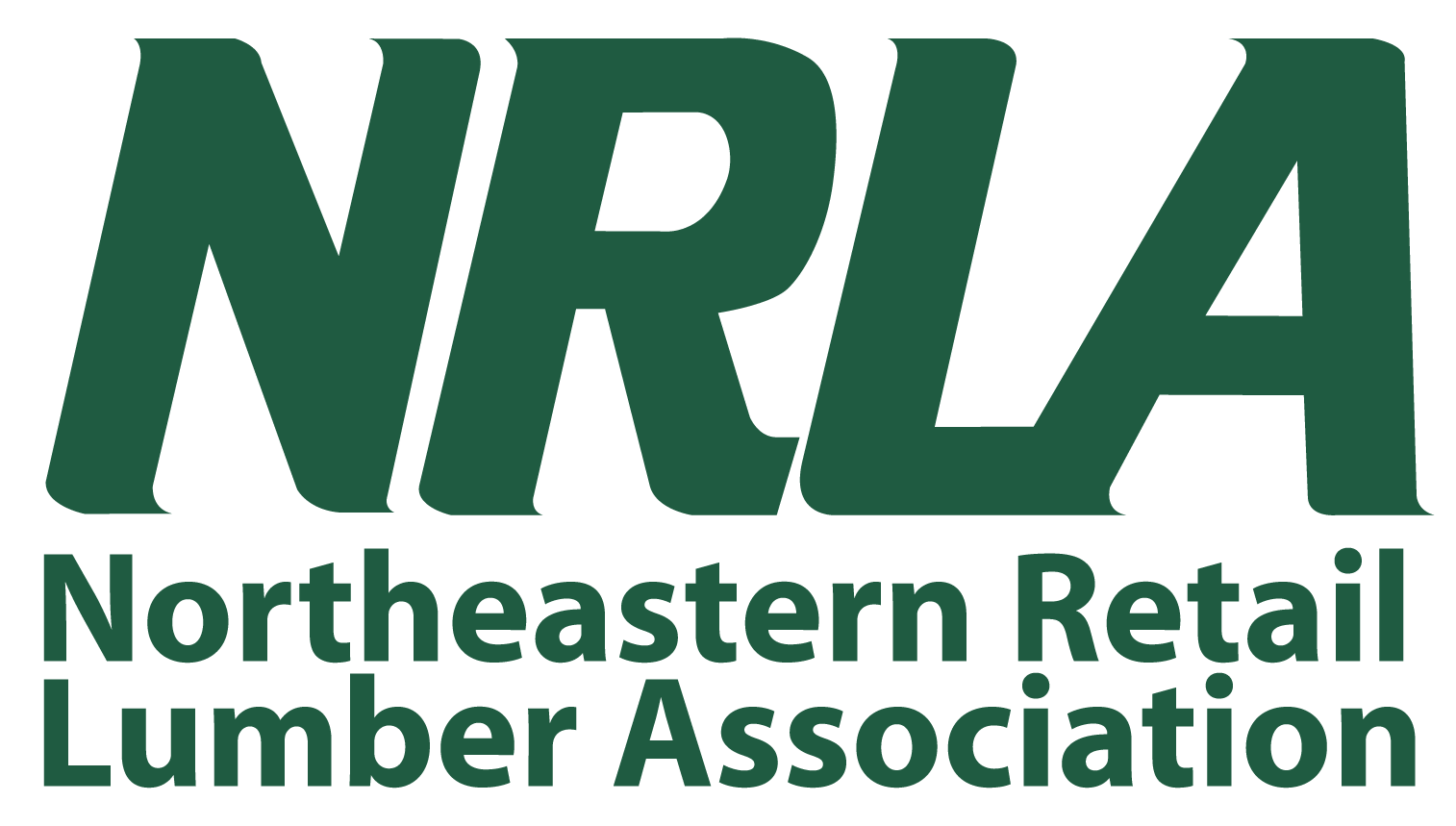The lumber industry is building safer workplaces, thanks to significant strides made in recent years by industry leaders. Across the board, property insurance claims have declined, in addition to less frequent fire and auto losses. In fact, we have seen total claims drop nearly 17% year over year, with pending property claims down 23% annually as well.
These successes are a result of a renewed commitment by many business owners in our industry to advance safety and risk mitigation. That said, in such a high-severity industry, a continued dedication to safety is essential, as a major loss at a lumberyard or building material dealer could happen at any time, shutting down businesses or leading to devastating staff or bystander injuries.
While insurance plays a major role in making business owners whole again after an incident, lumber businesses are best served by taking proactive steps to build safer workplaces. Not only is safety important to staff wellbeing, operations, and the business’s reputation, but claims these days can run well beyond even the most comprehensive insurance limits due to increasing nuclear verdicts. The right safety practices can keep employee injuries and property damage down—helping business owners avoid claims and litigation that could lead to financial ruin.
So, what steps can business owners take to continue improving their safety efforts? Examining the top risk exposures impacting the lumber industry is an important place to start.
What Are the Top Risk Exposures?
Weather. We frequently see roof damage or even roof collapses caused by wind and hailstorms, which often lead to business interruption and painful repair and replacement costs.
For example, in 2023, a wind and hail event in Missouri caused significant damage to a lumber business. The strength of the wind caused debris to fly, striking several structures and damaging the roofs. The debris, in tandem with the force of the hail, also caused considerable roof damage to the facility. Between the structural damage and the roof issues, the company was forced to undergo a temporary business shutdown. Claims related to incidents like this can climb well into the millions of dollars. Without the right insurance coverage, including up-to-date insurance-to-value assessments and adjustments, business owners can face costly business interruptions, rebuild expenses, and more in a major claims event.
Natural disasters. Hurricanes and tornadoes continue to plague businesses nationwide. Hurricane rains often cause significant flooding, and winds can both damage the property and cause debris to fly, potentially impacting structures and injuring staff members. For business owners who don’t take adequate precautions, tornadoes can also destroy outdoor property, inventory, and more.
Fire. Our data show that in 2024, the average cost per fire-related claim was around $1.4 million. One of the oldest risk exposures to our industry, business owners without good housekeeping practices in place can see dust accumulation that can serve as ignition fuel for dangerous fires. Furthermore, neglected maintenance, including equipment and electrical maintenance, can lead to a fire. Faulty wiring or overloaded extension cords surrounding dust that has not been cleaned can lead to a quick spark and a devastating fire.
Untrained or distracted drivers. Recruiting quality employees remains an ongoing challenge in the industry. Lumber business owners and operators are still struggling to find reliable people to drive company vehicles and trucks. Too often, we see inadequately trained drivers as well as drivers texting, using social media, eating, or engaging in other dangerous behavior while behind the wheel. This has led to several commercial auto accidents, which have led to injuries and loss of product.
It’s important to note these incidents have been exacerbated in recent years by supply chain shortages. Lumber businesses that experience losses are continuing to see delays in securing parts for their automobiles and machinery. This is lengthening the recovery process and slowing operations.
In such a challenging environment, creating, implementing, and enforcing comprehensive safety protocols is critical.
Addressing Safety Concerns
While risks like weather, natural disasters, fire, and unsafe drivers can be difficult to navigate, with the right initiatives in place, business owners and operators can take proactive steps to protect their businesses. Here are some best practices we recommend to insureds:
- Prioritize maintenance: Keeping up with building and equipment maintenance is critical to avoiding hail and wind incidents. Wind and hail overloads frequently lead to roof collapses, which can put lumber companies out of business and lead to long and expensive repair processes. Business owners and operators should conduct regular roof inspections to ensure there are no existing vulnerabilities and that the roof meets or exceeds local building codes.
- Build out housekeeping practices: Fires are a year-round risk for lumber businesses. They can occur at any time and begin in countless areas both seen and unseen within the business. Dusty pallets stored too close to a building can ignite and cause significant property damage; electrical systems that haven’t been properly maintained can spark and burn; and even something as simple as an employee leaving a previously lit cigarette on the ground can lead to a disaster. Business owners should ensure wood dust does not pile up around the building, keep dust piles at least 50 feet away from the building, keep electrical systems clean and dust-free, and implement a formalized housekeeping program that documents cleaning processes and frequency across the entire physical operation.
- Hire the right people: Hiring employees who are dedicated to a safe workplace culture can help reduce claims. Attentive, well-trained, and experienced drivers are less likely to cause accidents. In the event a lumber business owner or operator cannot find good drivers outside their company, they should consider training staff members who have proven to be safety-focused.
- Train, train, and train: Across all risks, proper training is key to success. Lumber business owners should implement at least monthly training. This should include walk-throughs of the premises to identify any safety vulnerabilities, a review of safety protocols for equipment and vehicles, and other basics such as how to stack products in a safe way and how to maintain a safe workspace.
- Consider technology: Technology in the lumber industry has advanced rapidly. Numerous tech solutions now exist that can greatly reduce risk to the business. Telematics, driver-facing and dash cameras, automatic braking systems, automatic sprinkler systems, and drone technology for roof monitoring can all significantly improve roof and fire safety and curb distracted driving rates.
All these best practices should also be a part of a larger risk mitigation and safety program. The lumber businesses we have seen enjoy the most success in keeping claims down and enforcing a culture of safety have implemented and maintained comprehensive safety programs. A good insurance partner who knows the lumber niche can help develop these programs. The right insurer will also help lumber business owners identify the technology that will best support their safety needs and offer advice to implement this technology safely without disrupting the current workflow.
Looking Ahead
Lumber business owners and operators have seen positive results in building safer workplaces and reducing claims frequency in recent years, but that forward momentum will wane if we fail to focus on risk mitigation. While these are some of our most common risk exposures, there are rising threats such as cyberattacks and others, of which lumber business owners must be made aware.
As new risks emerge, business owners in the lumber industry need to ensure their teams have a plan to address these concerns. With the right best practices in place, including regular maintenance, housekeeping, good hiring and training measures, and a relationship with a trusted expert in risk mitigation for the lumber industry, lumber businesses can continue to reduce their risks and maintain safe workplaces.
John Kennealy is the vice president of claims for Pennsylvania Lumbermens Mutual Insurance Company. He has 40 years of experience in insurance claims and risk management. He can be reached at jkennealy@plmins.com.







